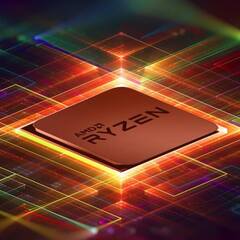RAM Slots
The memory slots on your motherboard should be the same, either DDR3 or DDR4 . There were for some brief time motherboards that had both DDR3 and DDR4 memory slots on them, for compatibility with older processors but those are rare.
Figure out what kind of memory your computer uses, use software like CPU-Z or Aida64 .. these tell you what kind of memory you have.
Then, go and buy another memory stick that has similar technical parameters, mainly same frequency (or higher - the motherboard will automatically configure the frequency to one both memory sticks will support) and same voltage.
later edit: If your computer is very old, for example if you have a Pentium 4 or a Core 2 Duo or some AMD (athlon x2 / x4, those ancient processors) on socket AM3, you may have DDR2 memory installed. Just use a software to figure out what you have, it's the easiest way.

















Create an account or sign in to comment
You need to be a member in order to leave a comment
Create an account
Sign up for a new account in our community. It's easy!
Register a new accountSign in
Already have an account? Sign in here.
Sign In Now